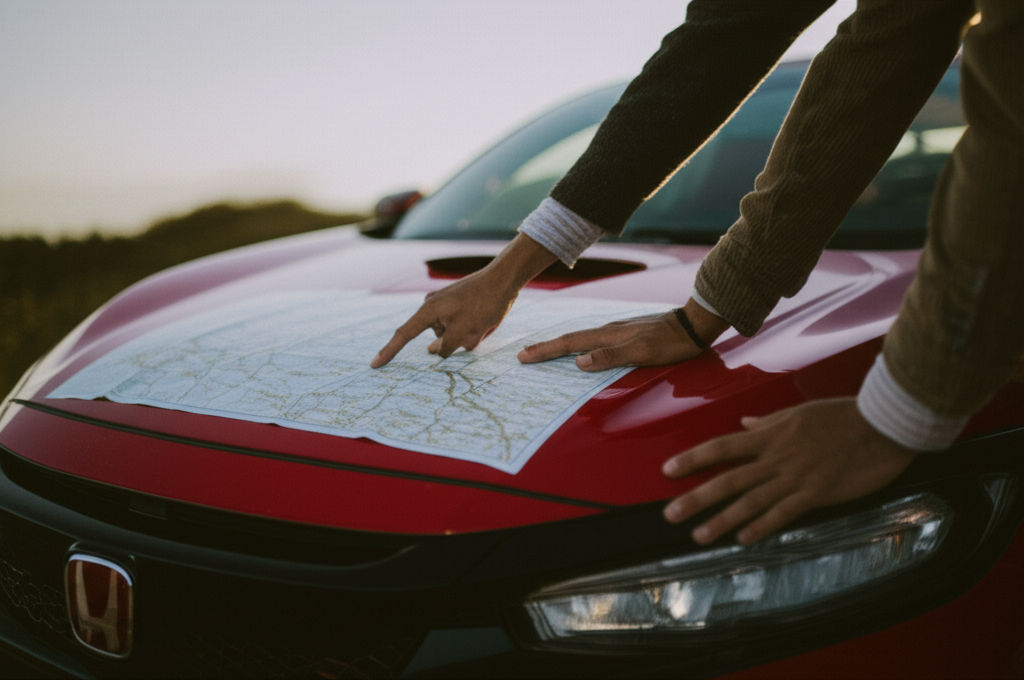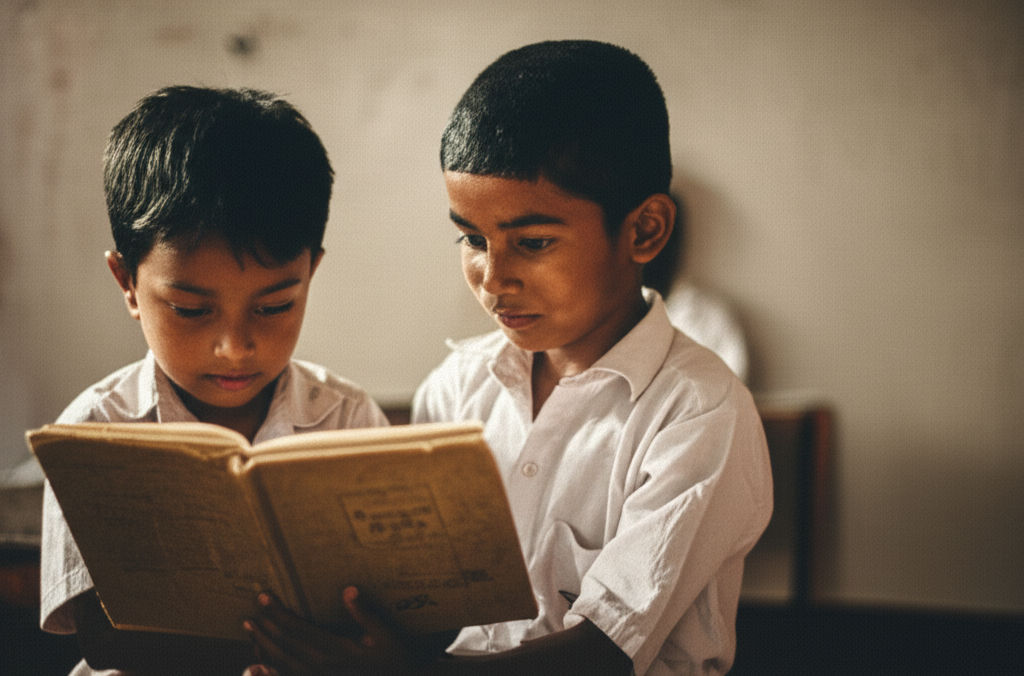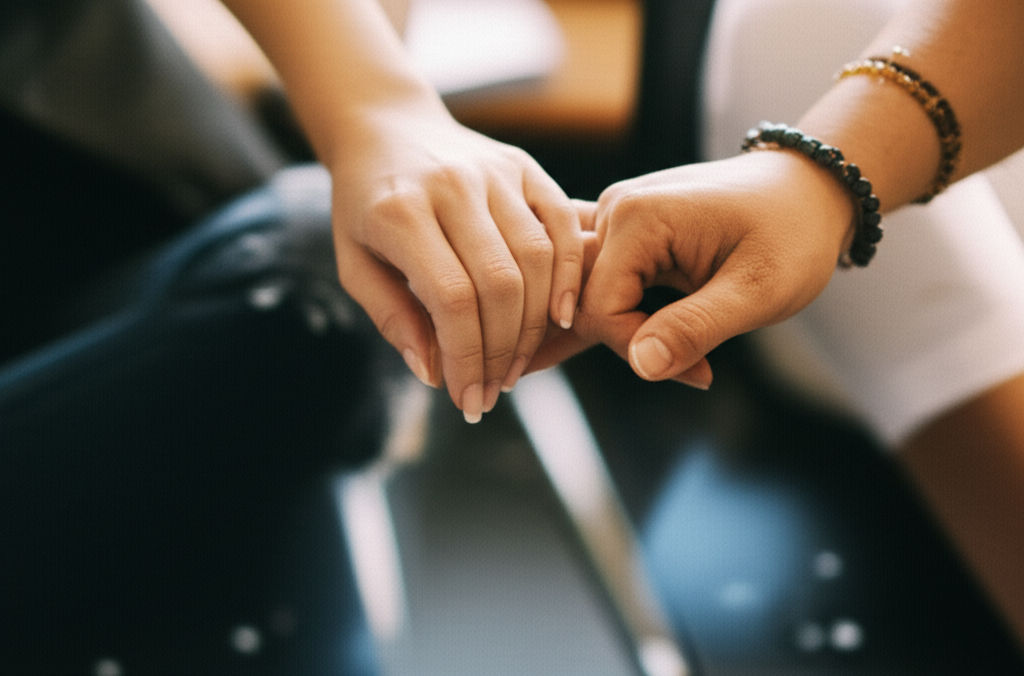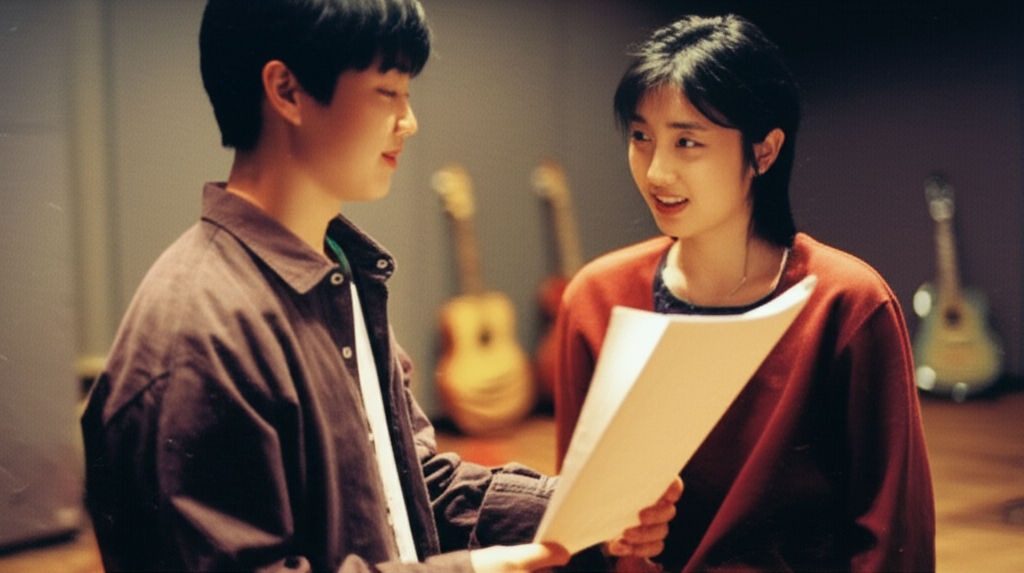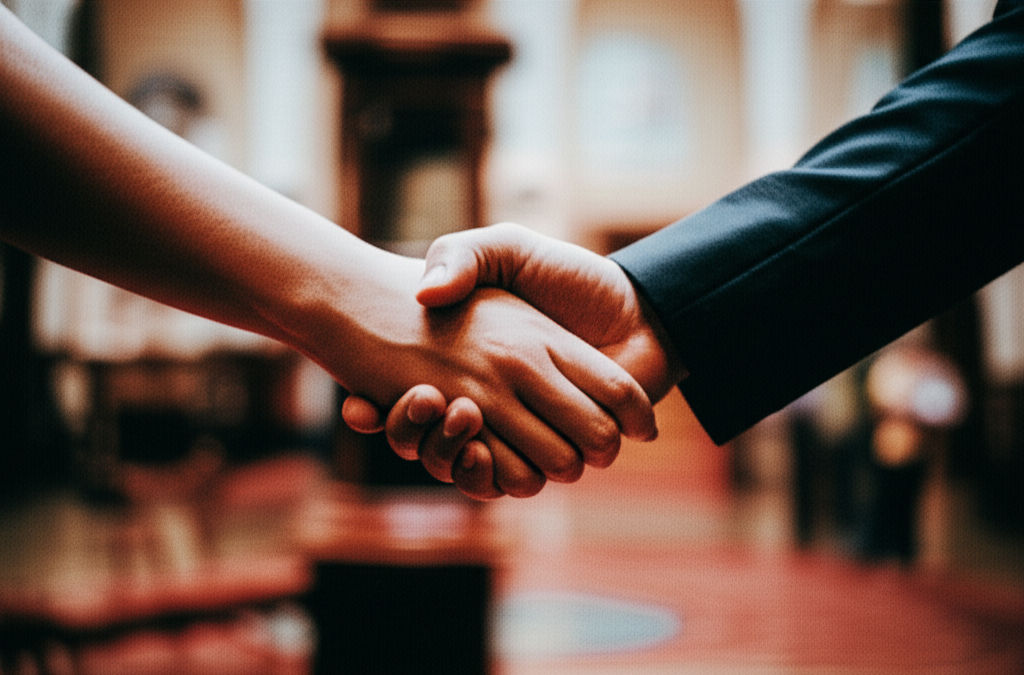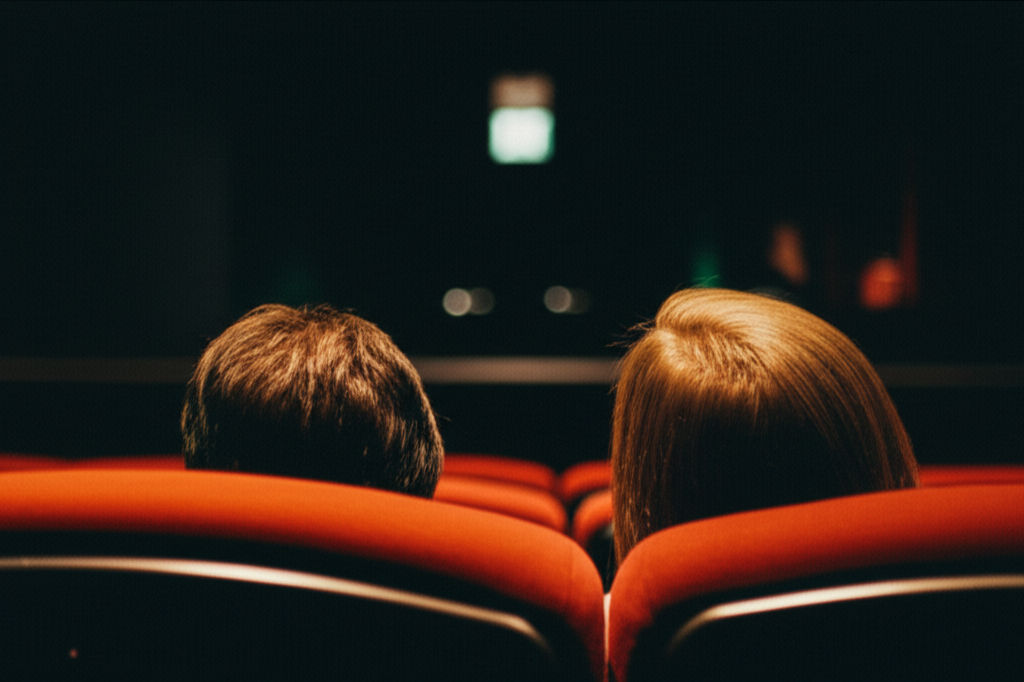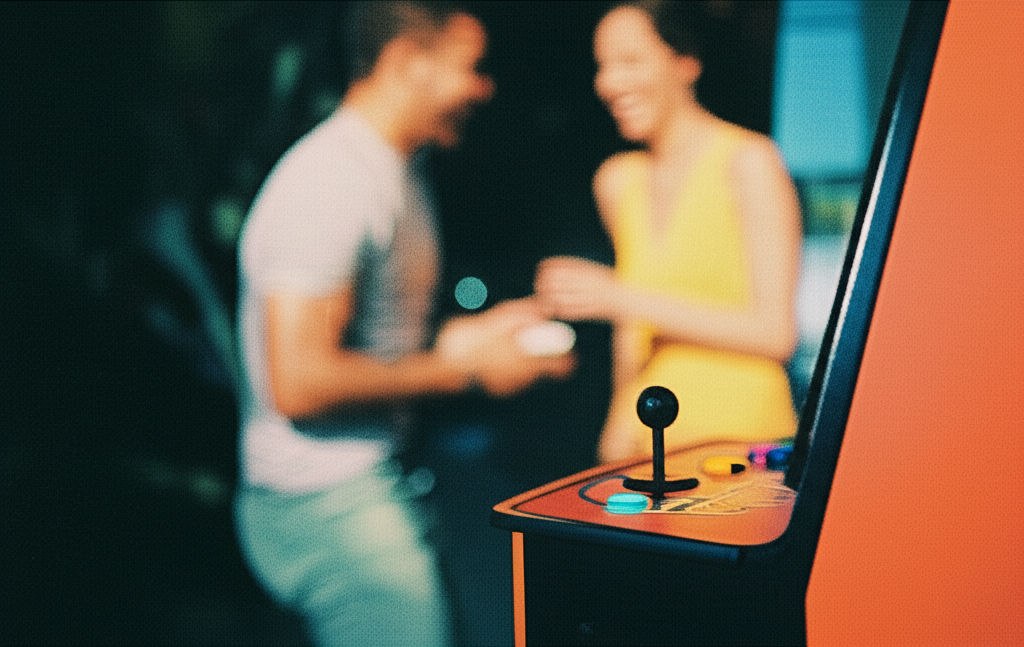How to capture great lifestyle photos
Ikhsan Rizki

Photo: Unlock the magic of lifestyle photography! Capture authentic, real-life moments and tell compelling stories with our expert tips.
Capturing life's genuine moments in photographs can feel like a magical feat. We scroll through social media, admiring images that perfectly encapsulate joy, connection, and everyday beauty, and wonder: "How do they do that?" If you've ever wished your photos could tell a richer story, reflecting the true essence of life as it unfolds, you're in the right place.
Lifestyle photography isn't about rigid poses or artificial smiles; it's an art form that aims to capture real-life situations and emotions in an artistic, storytelling manner. It's the sweet spot between traditional portraiture and pure documentary photography, offering gentle guidance to create authentic, unscripted moments. This guide will equip you with actionable tips and insights to help you master the art of capturing great lifestyle photos, transforming fleeting moments into cherished memories.
Understanding the Heart of Lifestyle Photography
At its core, lifestyle photography is about authenticity and storytelling. It's less about perfect poses and more about genuine interactions, emotions, and the environment that shapes a person's life. Think of it as freezing a "slice of life" – whether it's a family baking cookies, friends laughing over coffee, or a quiet moment of reflection. The goal is to create images that resonate, evoke emotion, and provide a true glimpse into the subject's world.
Essential Gear: You Don't Need a Studio!
One of the most liberating aspects of lifestyle photography is that you don't need a professional studio or expensive equipment to get started. Often, the best tools are already in your hand or easily accessible.
- Camera Body: While professional photographers might use DSLRs or mirrorless cameras (like Canon EOS RP, Nikon Z5, Sony A6400), your smartphone can capture incredible lifestyle photos. The key is understanding how to use what you have effectively.
- Lenses (if applicable): For cameras with interchangeable lenses, a lens with a wide aperture (a small f-number like f/1.8 or f/2.8) is excellent for creating that soft, blurry background (bokeh) that helps your subject stand out. General-purpose zoom lenses (e.g., 24-70mm) are also versatile.
- Tripod: While not always necessary for spontaneous shots, a tripod can be invaluable for self-portraits, low-light situations, or when you need extra stability to avoid blur.
- Natural Light: This is perhaps your most important "equipment." Lifestyle photography thrives on natural light, which adds warmth, depth, and dimension without artificial harshness.
The most important "gear" is often just being prepared and having your camera ready to capture unexpected moments.
Mastering Light: Your Best Friend
Light is the painter's brush for a photographer, and natural light is particularly powerful for lifestyle shots. Understanding how to use it can dramatically improve your images.
- Golden Hour Magic: The hour after sunrise and the hour before sunset, known as the "golden hour," offers soft, warm, and flattering light that is ideal for atmospheric lifestyle photos.
- Soft, Diffused Light: Overcast days or open shade provide beautifully soft, even light that minimizes harsh shadows and highlights, making it perfect for portraits.
- Window Light Indoors: When shooting indoors, position your subject near a large window. Have them face the window to reduce shadows and create a soft, natural glow. Avoid direct, harsh midday sun, which can create strong, unflattering shadows.
- Observe and Adapt: Pay attention to how light interacts with your subjects and be ready to move around to find the best angles. The quality and color of light change throughout the day, so learn to recognize what works best for the mood you want to create.
Composition for Compelling Shots
Composition is how you arrange elements within your frame to create a visually appealing image. Even for seemingly spontaneous lifestyle photos, a good understanding of composition can elevate your work.
- The Rule of Thirds: Imagine dividing your image into a 3x3 grid. Placing your subject or key elements along these lines or at their intersections often creates a more balanced and engaging photograph than simply centering everything.
- Leading Lines: Look for natural or artificial lines (roads, fences, patterns, even a row of trees) that draw the viewer's eye towards your subject, adding depth and direction to your photo.
- Framing: Use natural frames within your environment, like doorways, windows, or tree branches, to draw attention to your subject and add context.
- Vary Your Perspective: Don't just shoot from eye level. Experiment by shooting from above, from below, or even through elements in the foreground. This adds interest and a unique viewpoint to your lifestyle photos.
- Include Details & Context: While focusing on your subject, remember that the environment and small details can tell a bigger story. Include wide shots for context, medium shots for interaction, and tight shots for intimate details or expressions.
Storytelling Through Moments
Lifestyle photography is fundamentally about telling a story without words. How do you capture those genuine narratives?
- Focus on Genuine Emotions: Encourage laughter, playful interactions, and authentic reactions. Avoid forced smiles and instead, aim for expressions that truly reflect the moment.
- Direct the Action, Not the Poses: Instead of telling subjects how to pose, give them activities or prompts. Ask them to play a game, share a joke, or engage in something they genuinely enjoy. This encourages natural movement and interaction, making them forget about the camera.
- Embrace Imperfection: Life isn't always perfect, and lifestyle photos shouldn't be either. Embrace the chaos, the silly faces, and the unscripted moments. These often make for the most authentic and memorable images.
- Anticipate Moments: Be observant and attentive to your surroundings. Pay attention to body language and interactions so you can anticipate and capture fleeting, genuine moments as they unfold naturally. Keep your camera ready!
Working with Your Subjects (Even if it's You!)
Whether you're photographing others or capturing your own life, making subjects comfortable is paramount for authentic lifestyle photos.
- Build Rapport: Engage in light conversation, find common ground, and make your subjects feel at ease. When they're comfortable, their true personalities will shine through.
- Choose Familiar Settings: Select locations where your subjects feel most comfortable and where they typically spend time, such as their home, a favorite park, or a local café.
- Give Permission to Be Themselves: Let your subjects know it's okay to interact naturally, to laugh, to hug, and to simply be. Sometimes, giving explicit permission to be themselves can unlock truly beautiful moments.
- Be Patient: Not every moment will be a "keeper." Be patient, continue shooting, and stay upbeat. Your enthusiasm can be contagious and help your subjects relax.
Editing Your Lifestyle Photos
Editing is the final step to enhance your lifestyle photos, but the goal is always to enhance, not to create something artificial.
- Enhance, Don't Over-Process: The aim is to make your photos look their best while retaining their natural feel. Avoid heavy filters or excessive manipulation that makes the image look unnatural.
- Basic Adjustments: Focus on essential edits like color correction, adjusting exposure and contrast, and cropping to improve composition.
- Remove Distractions: Look for distracting elements in the background, like clutter or unwanted signage, and crop them out or subtly remove them if possible. This helps keep the focus on your subject and story.
- Consistency: If you're building a collection of lifestyle photos, aim for a consistent look and feel in your editing. This creates a cohesive visual story.
Conclusion
Capturing great lifestyle photos is a journey of observation, connection, and a little bit of technical know-how. It's about seeing the beauty in the everyday, understanding how light shapes a scene, and guiding your subjects (or yourself!) to reveal their most authentic selves. By focusing on genuine moments, utilizing natural light, and applying thoughtful composition, you can create images that not only look beautiful but also tell compelling stories that will be cherished for years to come.
So, what story will you capture next? Grab your camera, look around, and start documenting the wonderful, unscripted moments of life. Share your favorite lifestyle photo tips or experiences in the comments below – we'd love to hear from you!
Frequently Asked Questions (FAQ)
What exactly is lifestyle photography?
Lifestyle photography is a genre that captures people in real-life situations, events, or everyday activities in an artistic, candid manner. It aims to tell stories and showcase genuine emotions and connections, often with gentle direction from the photographer rather than strict posing.
Do I need a professional camera to capture great lifestyle photos?
No, you don't necessarily need a professional camera. While DSLRs and mirrorless cameras offer more control, modern smartphones are capable of capturing high-quality lifestyle photos. The most important elements are understanding light, composition, and how to evoke genuine moments, regardless of the camera you use.
How do I make my subjects look natural and not posed?
To make subjects look natural, focus on giving them activities to do rather than rigid poses. Encourage interaction, movement, and genuine emotions like laughter or conversation. Building rapport and making them comfortable in their environment also helps immensely.
What's the best lighting for lifestyle photography?
Natural light is generally preferred for lifestyle photography. Soft, diffused light (like on an overcast day or in open shade) and the warm, golden light during "golden hour" (shortly after sunrise or before sunset) are ideal. When indoors, position subjects near large windows to utilize natural light effectively.
Business
View All
November 14, 2025
What LLC UIC Means for Your Business"LLC UIC" demystified! Learn what business ID numbers (like EIN) truly matter for your LLC's compliance and smooth operation.
Ikhsan Rizki
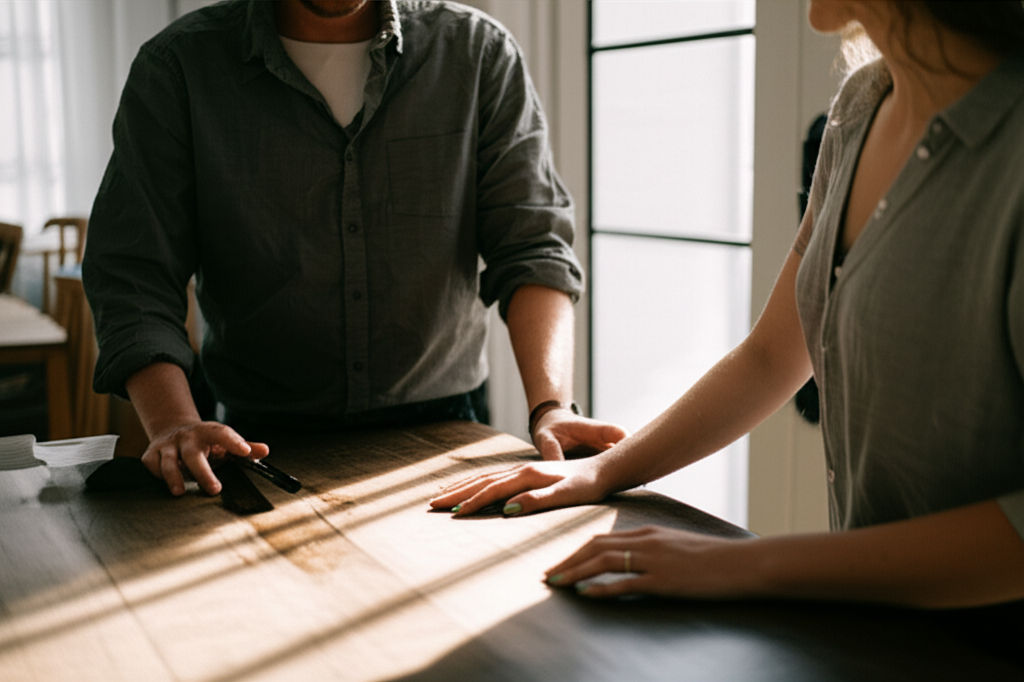
October 25, 2025
RI Business Search Made EasyMake your RI business search easy! This comprehensive guide helps you quickly find any Rhode Island business information you need.
Ikhsan Rizki
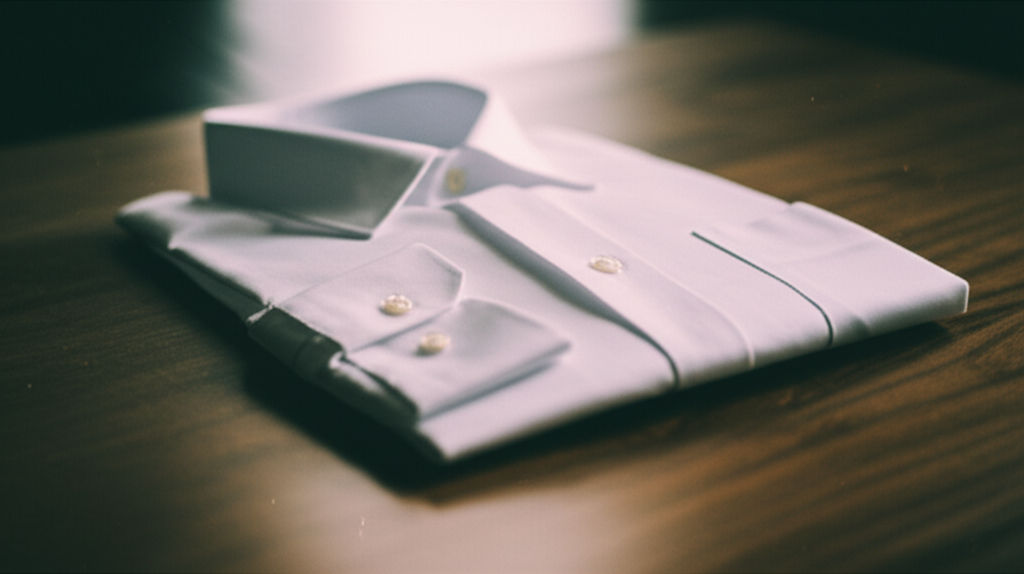
October 31, 2025
Shirt Size Chart for Business WearMaster your professional image! Our guide decodes shirt size charts for business wear, ensuring a perfect fit and boosting your confidence.
Ikhsan Rizki
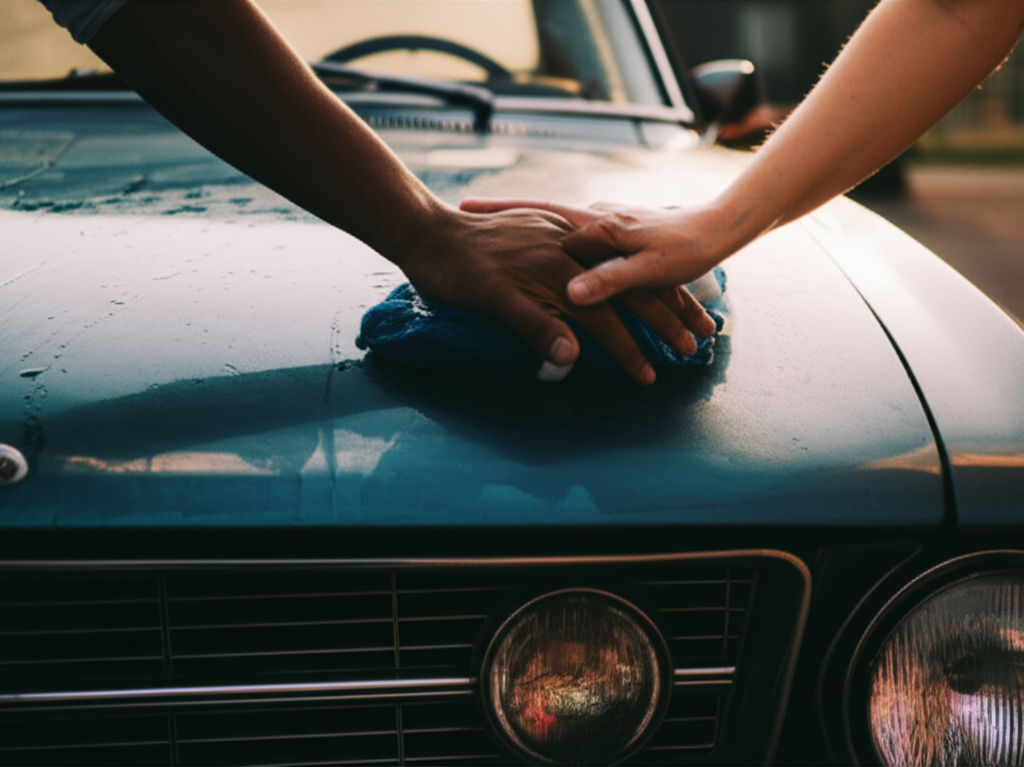
August 29, 2025
What to Know About Car Wash BusinessesLaunch a profitable car wash! Your ultimate guide to business models, startup costs, operations, and marketing strategies for success.
Ikhsan Rizki
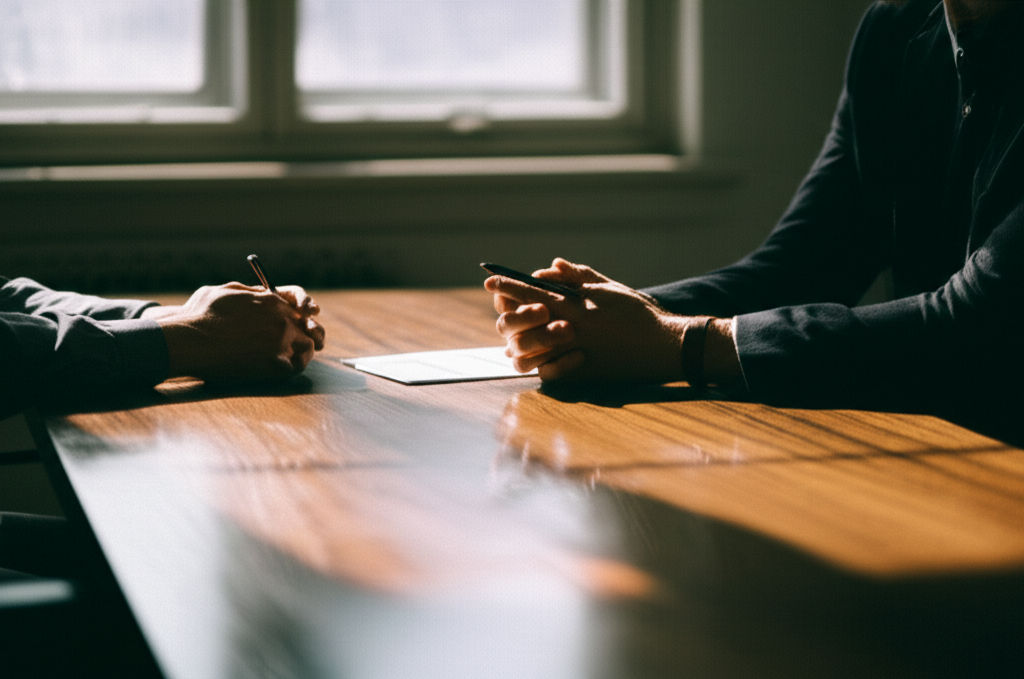
October 19, 2025
Tips for Successful Business MeetingsTired of pointless meetings? Discover practical tips to transform your business gatherings into productive, results-driven sessions.
Ikhsan Rizki

August 27, 2025
Healthcare Business Management PayCurious about Healthcare Business Management pay? Explore salary ranges, key factors, and how to increase your earning potential in this vital field.
Ikhsan Rizki
Economy
View AllElevate your content with stunning visuals! Discover where to get free economy clipart to enhance presentations, marketing, and blogs, even on a tight budget.
Ikhsan Rizki
Honda Civic Type R MPG: Get the surprising truth about its fuel economy. Performance meets practicality. Learn real-world facts!
Ikhsan Rizki
Discover The Economy Shop Oak Park: a century-old non-profit thrift store fueling local charities & sustainability. Shop smart, do good!
Ikhsan Rizki
Is the US economy still the world's envy? Explore its enduring strengths and emerging challenges in this balanced look at America's economic standing.
Ikhsan Rizki
Considering British Airways 787 Premium Economy? This guide unveils enhanced comfort, more space, & great value for long-haul flights on the Dreamliner.
Ikhsan Rizki
Your ultimate guide to Honda CR-V fuel efficiency. Explore MPG for gas & hybrid models, 2025 ratings, and tips to maximize savings at the pump.
Ikhsan Rizki
Education
View AllUnravel the Best State for Education Rankings! Understand the key metrics for K-12 & higher ed quality to make informed choices for your family's future.
Read MoreDiscover New Haven adult education programs! Achieve career goals, earn your GED, improve English, or gain vocational skills. Flexible & supportive pathways awa...
Read MoreUnlock potential with Universalisation of Elementary Education (UEE). Discover its meaning, vital importance, and global efforts to ensure quality education for...
Read MoreNurses: Discover remote patient education jobs! Empower patients from home, achieve work-life balance, and leverage your expertise. Your guide to this evolving...
Read MoreDiscovering Wellness and Adventure: Inside the Arrillaga Outdoor Education Center Are you seeking a place where personal growth meets thrilling adventure? Do yo...
Read MoreDiscover Educators Rising! Learn how this national organization empowers middle & high school students to become the next generation of impactful educators.
Read MoreHealth
View All
September 2, 2025
Top Health Info Management JobsUnlock your future! Explore top Health Information Management (HIM) jobs in this growing field. Combine healthcare, tech & business, no direct patient care.
Ikhsan Rizki

September 25, 2025
Sanford Health Is Hiring NowSanford Health is hiring! Discover a rewarding career making a difference in healthcare. Explore diverse roles, strong values, and growth opportunities.
Ikhsan Rizki
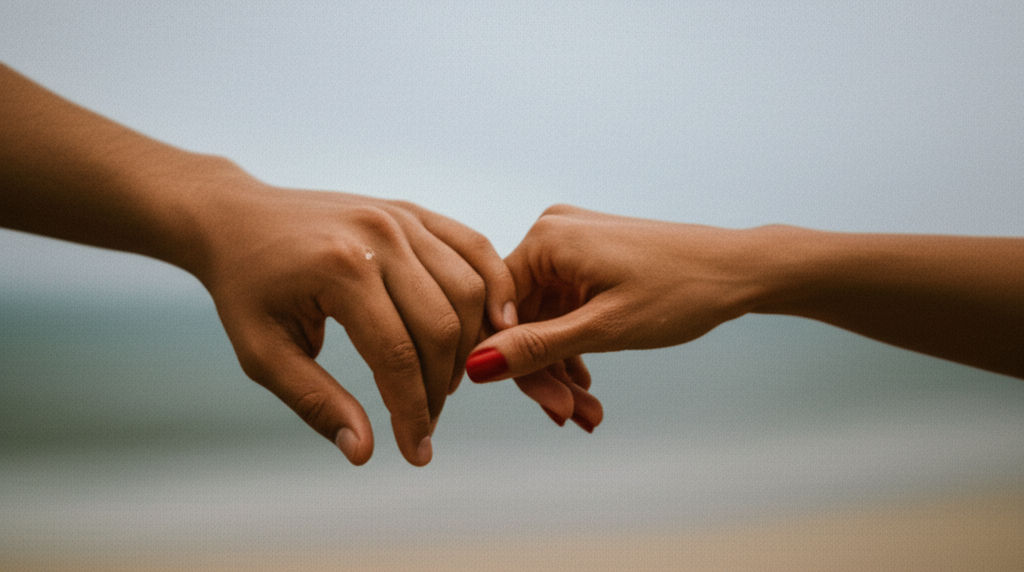
September 1, 2025
Gold Coast Health Plan OverviewNavigating healthcare in Ventura County? Discover Gold Coast Health Plan (GCHP) for Medi-Cal eligibility & comprehensive, affordable benefits.
Ikhsan Rizki

September 30, 2025
Start Your Ballad Health CareerDiscover a rewarding healthcare career at Ballad Health in the Appalachian Highlands. Explore diverse roles & how to apply.
Ikhsan Rizki

November 17, 2025
Use M Health MyChart TodayM Health MyChart simplifies your healthcare. Access records, message doctors, schedule appointments, and manage bills securely online. Take control of your heal...
Ikhsan Rizki
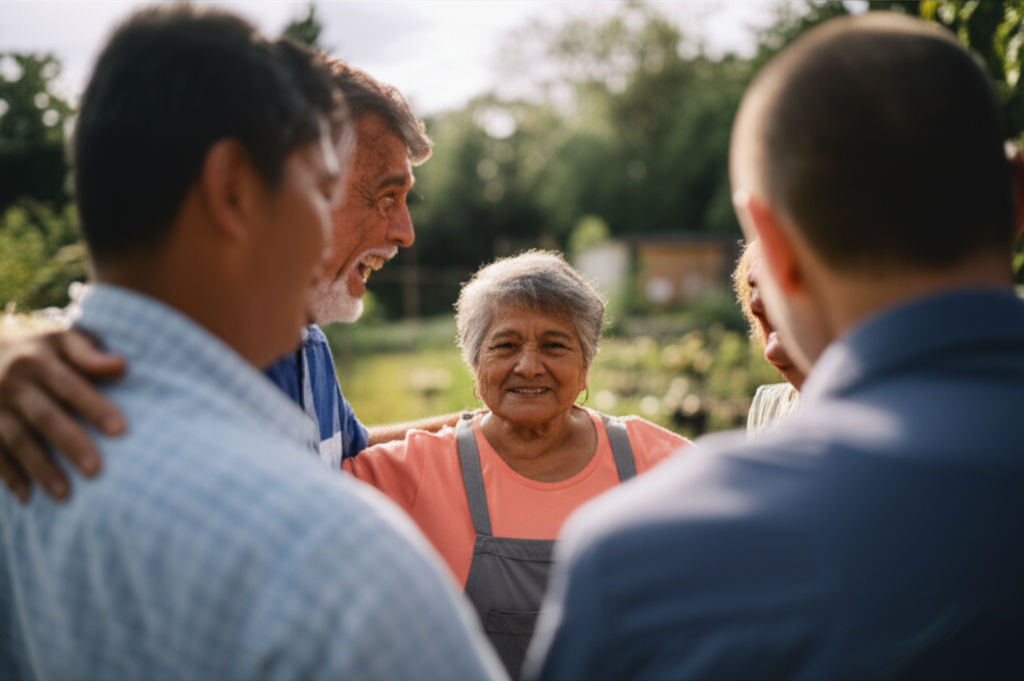
October 6, 2025
Why Choose Zufall Health CenterChoose Zufall Health Center for comprehensive, accessible, and affordable healthcare in New Jersey. Your trusted partner for patient-centered care.
Ikhsan Rizki
Popular Articles
View All
1
2
3
4
5
6
7
8
9
10
Lifestyle
View All
October 11, 2025
Dick’s Baseball Style Gear
Elevate your baseball game! Discover quality bats, gloves & essential gear at Dick's Sporting Goods – your one-stop shop for every player.
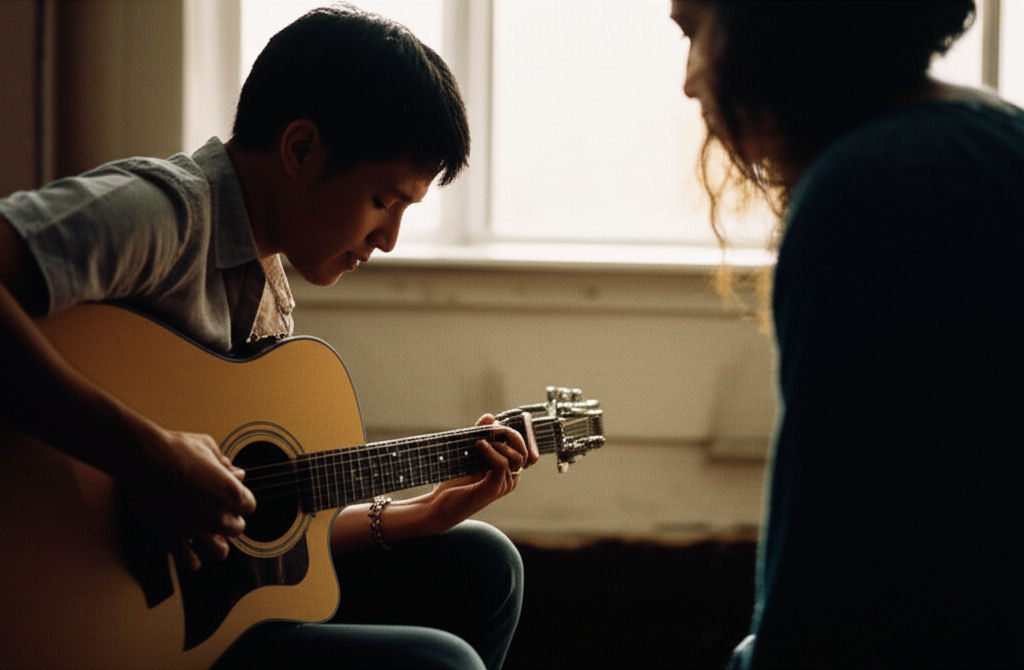
September 28, 2025
Rockstar Lifestyle Lyrics Explained
Unpack the "rockstar lifestyle" in music lyrics. Explore themes of wealth, parties, fame, and rebellion, plus their deeper meanings.

August 29, 2025
Healthy Lifestyle Clipart Ideas
Struggling with bland health content? Discover how healthy lifestyle clipart can elevate your wellness messages, making them engaging and inspiring!
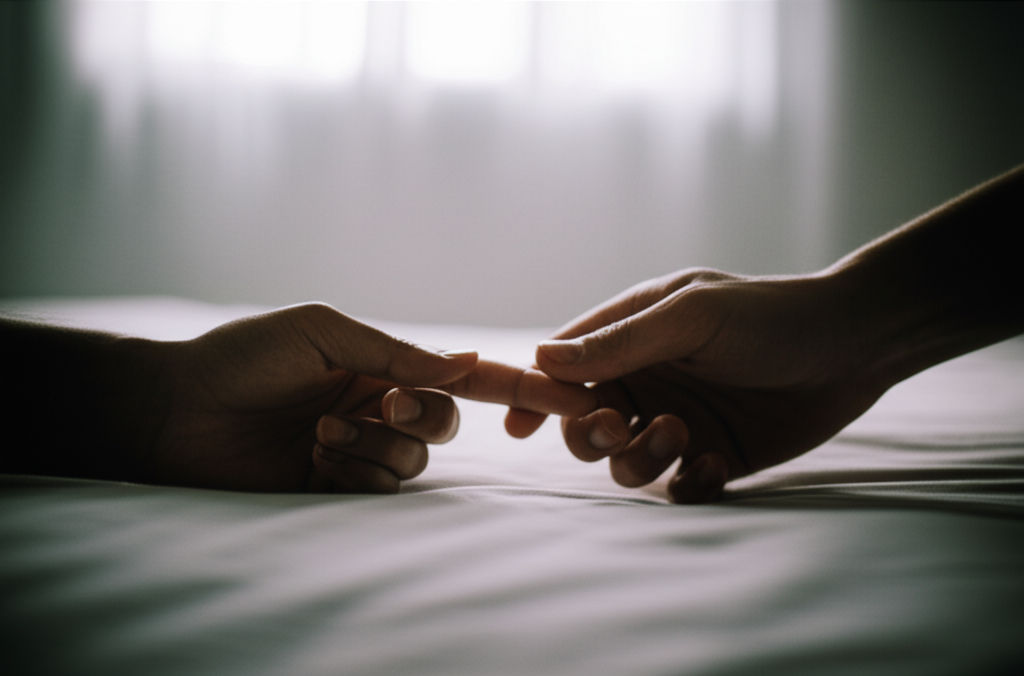
September 28, 2025
Choosing the Right Condom Size
Don't guess your condom size! A proper fit is vital for safety, pleasure & preventing breakage. Learn how to measure correctly & choose the right condom for you...

November 13, 2025
Meet the team behind lifestyle staff
Meet the passionate experts behind our lifestyle content. Learn how their expertise & authenticity deliver trustworthy guides for a better life.

August 23, 2025
Life at Arborwood Preserve Today
Discover Arborwood Preserve: Fort Myers' resort-style community with luxury homes, vibrant activities & unmatched amenities. Live your dream life!

September 25, 2025
Puma Park Lifestyle Sneakers Drop
Elevate your style with Puma Park Lifestyle Sneakers! Discover urban cool, comfort, and versatile design. Your must-have for daily grind & weekend adventures.

October 8, 2025
Bose Model 5 Music System
Explore the Bose Model 5 Music System. Get immersive, room-filling sound from a sleek, compact home audio solution. Rediscover your music!
Sports
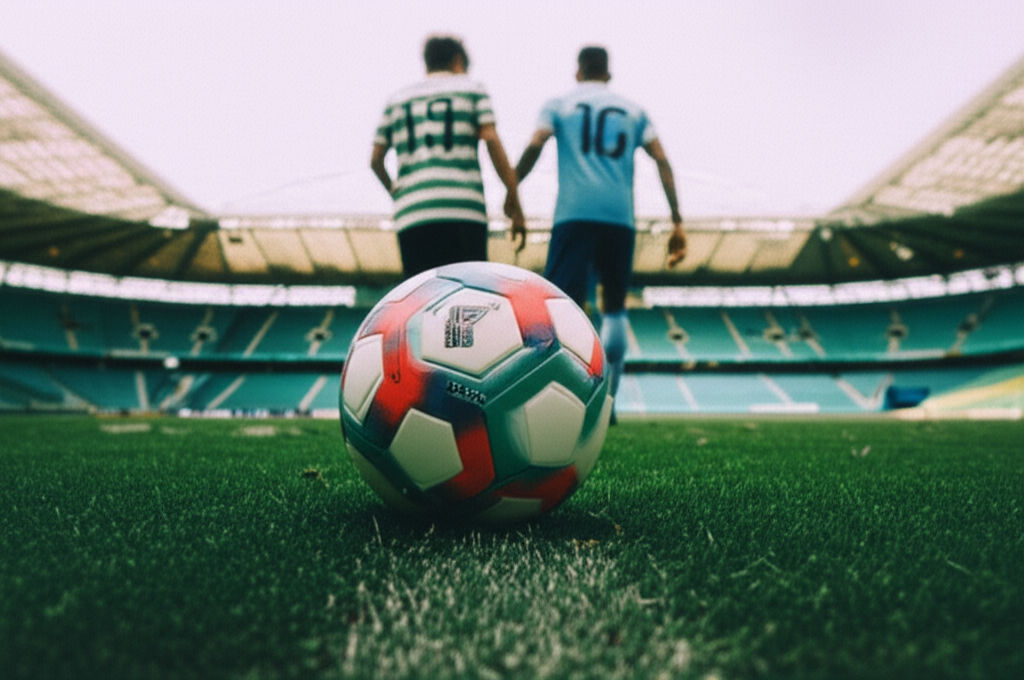
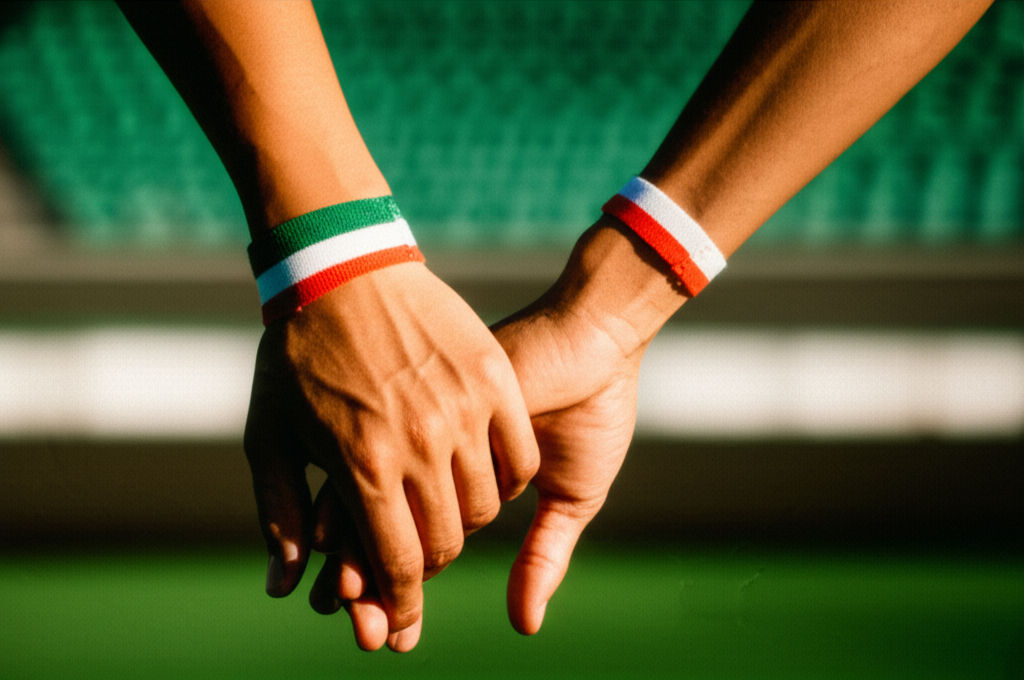
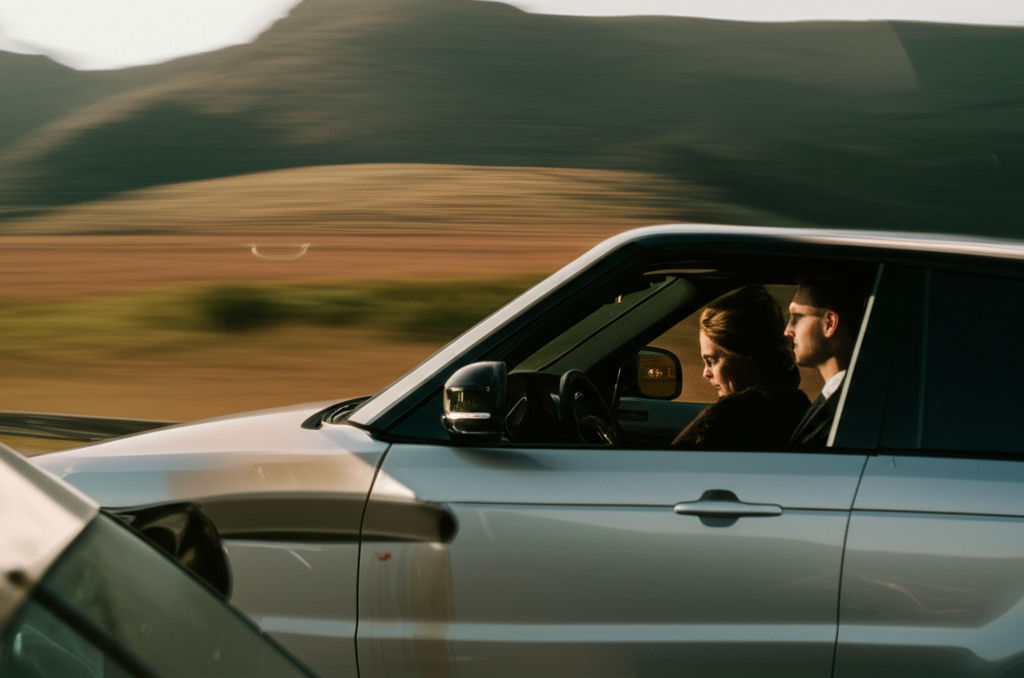
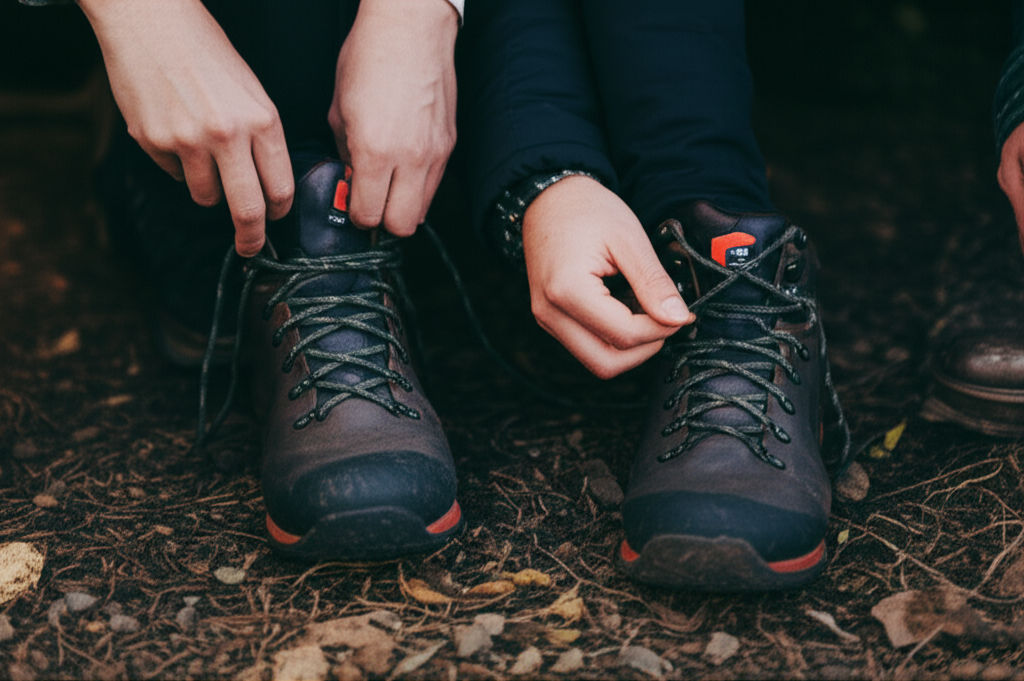
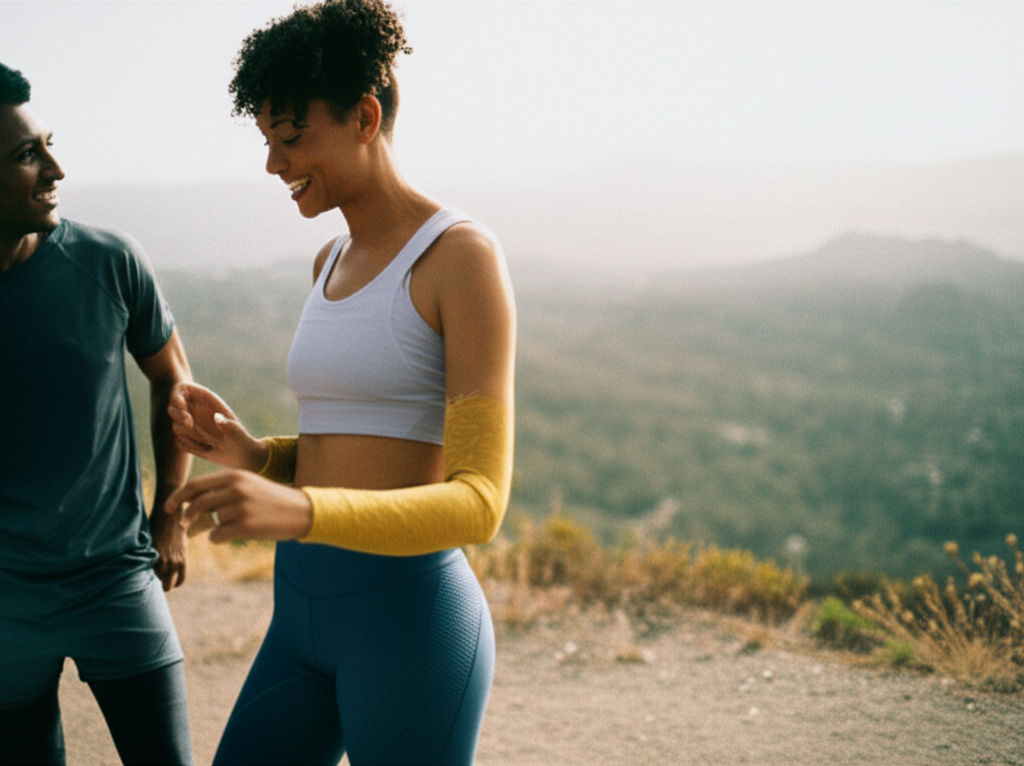
Travel
View All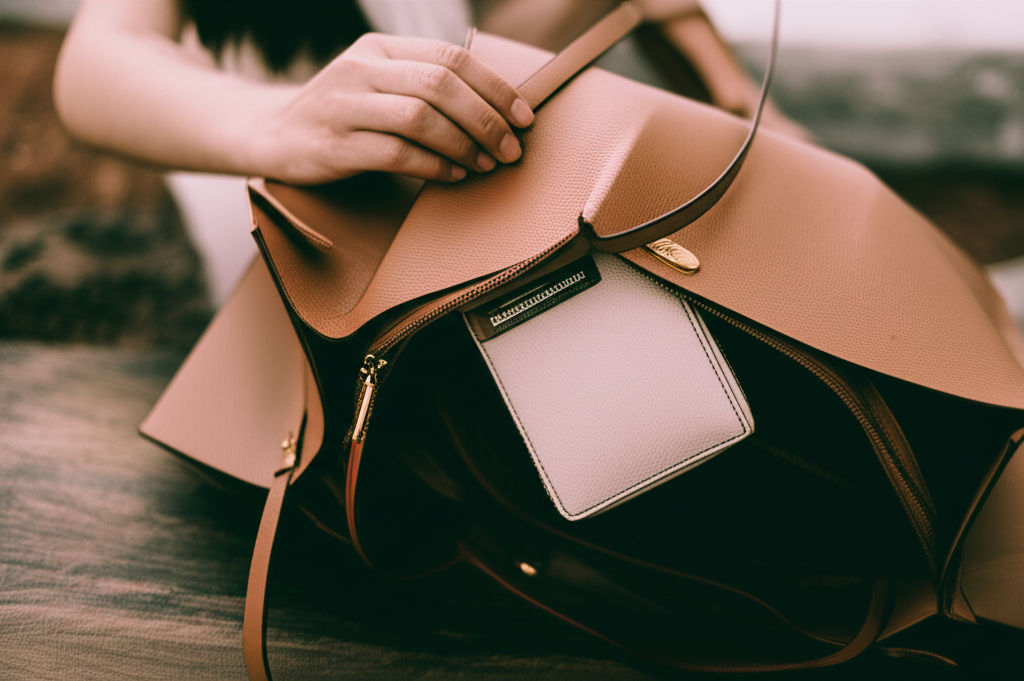
August 31, 2025
Kors Jet Set Travel Bags Review
Planning your next trip? Explore our review of Michael Kors Jet Set travel bags, blending style, durability, & organization for your ultimate journey.

October 6, 2025
Best Men’s Travel Pants for Any Destination
Find your perfect men's travel pants! Our guide helps you choose comfortable, stylish, and versatile trousers for any destination. Travel smarter.

November 25, 2025
Florida Travel Packages Affordable
Unlock affordable Florida travel! This guide reveals how to find budget-friendly packages for beaches, parks & more, making your dream trip a reality.

November 10, 2025
Traveling Medical Assistant Jobs Guide
Medical Assistants: Explore the exciting world of Traveling MA jobs! Combine healthcare skills with wanderlust for a dynamic, flexible, and rewarding career.
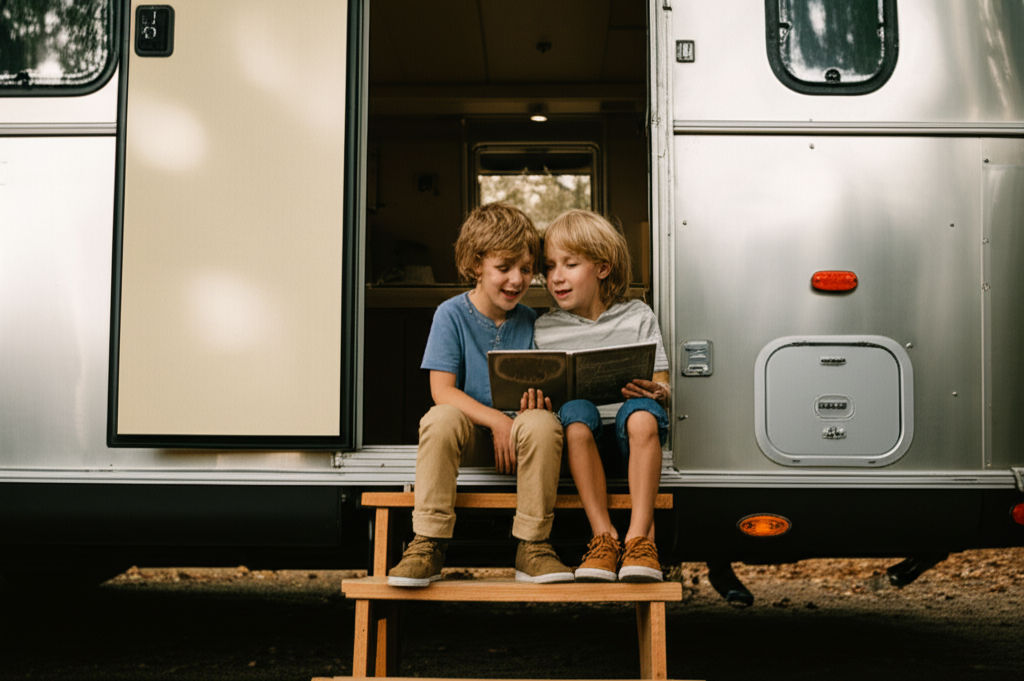
September 19, 2025
2 Bedroom Travel Trailers
Unlock ultimate comfort & space on the road! Discover 2 bedroom travel trailers, perfect for families & groups seeking privacy & enhanced adventures.
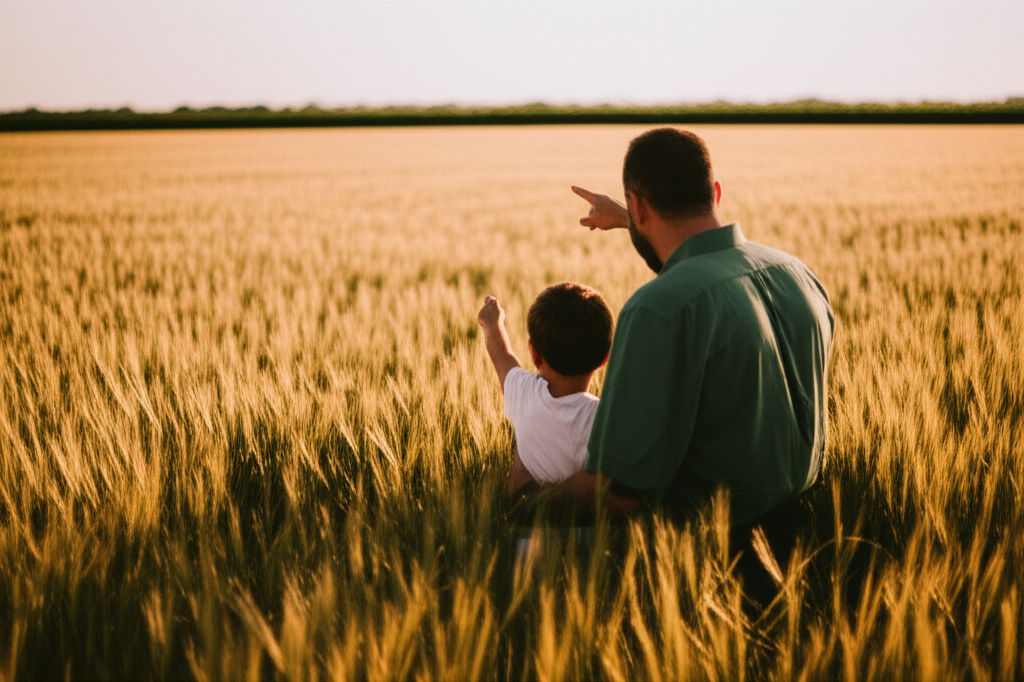
August 13, 2025
How far bullets can travel
Unravel the science of ballistics! Discover how far bullets really travel, influenced by gravity, drag, and wind. Beyond straight lines, learn the truth.

